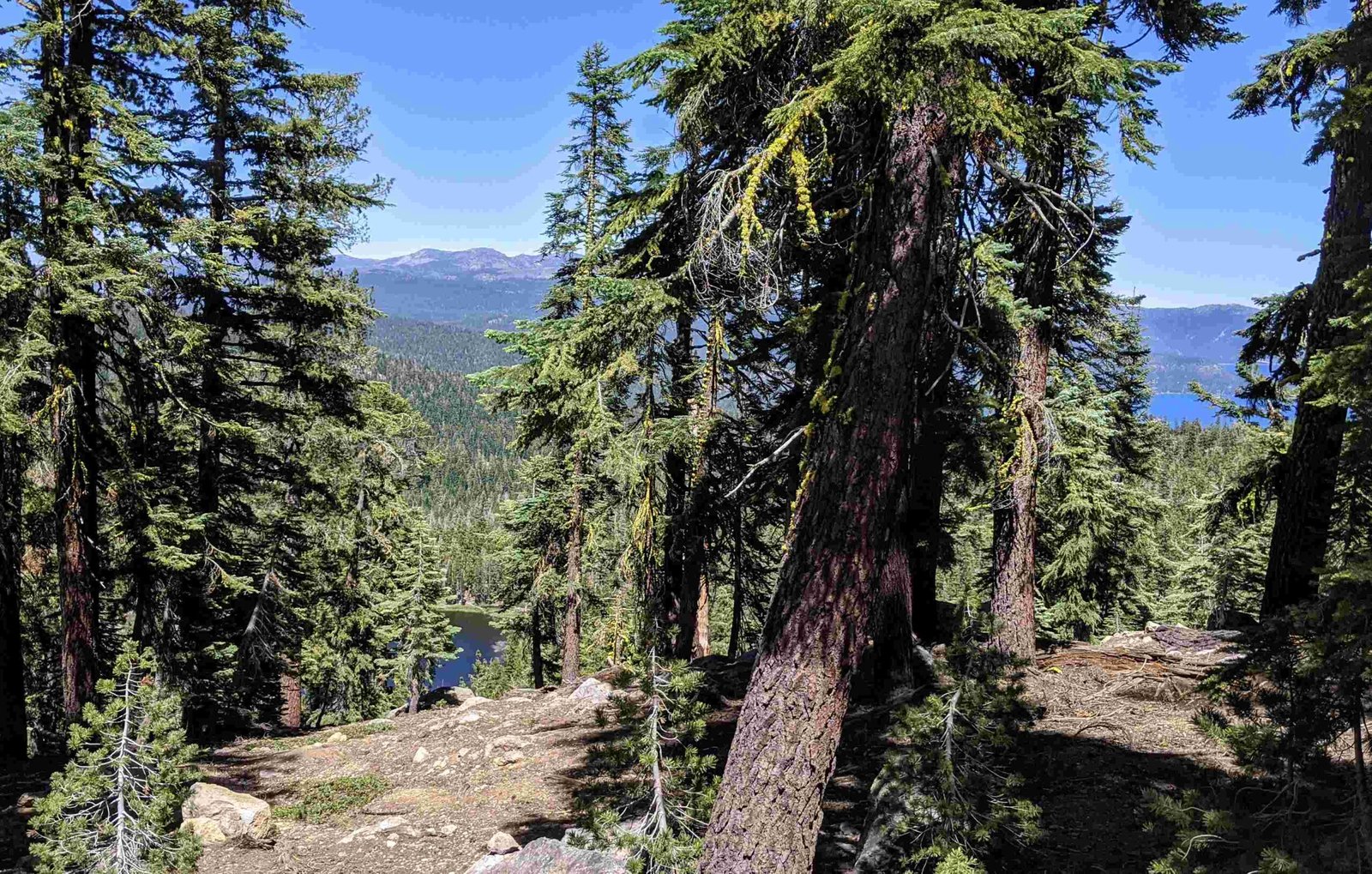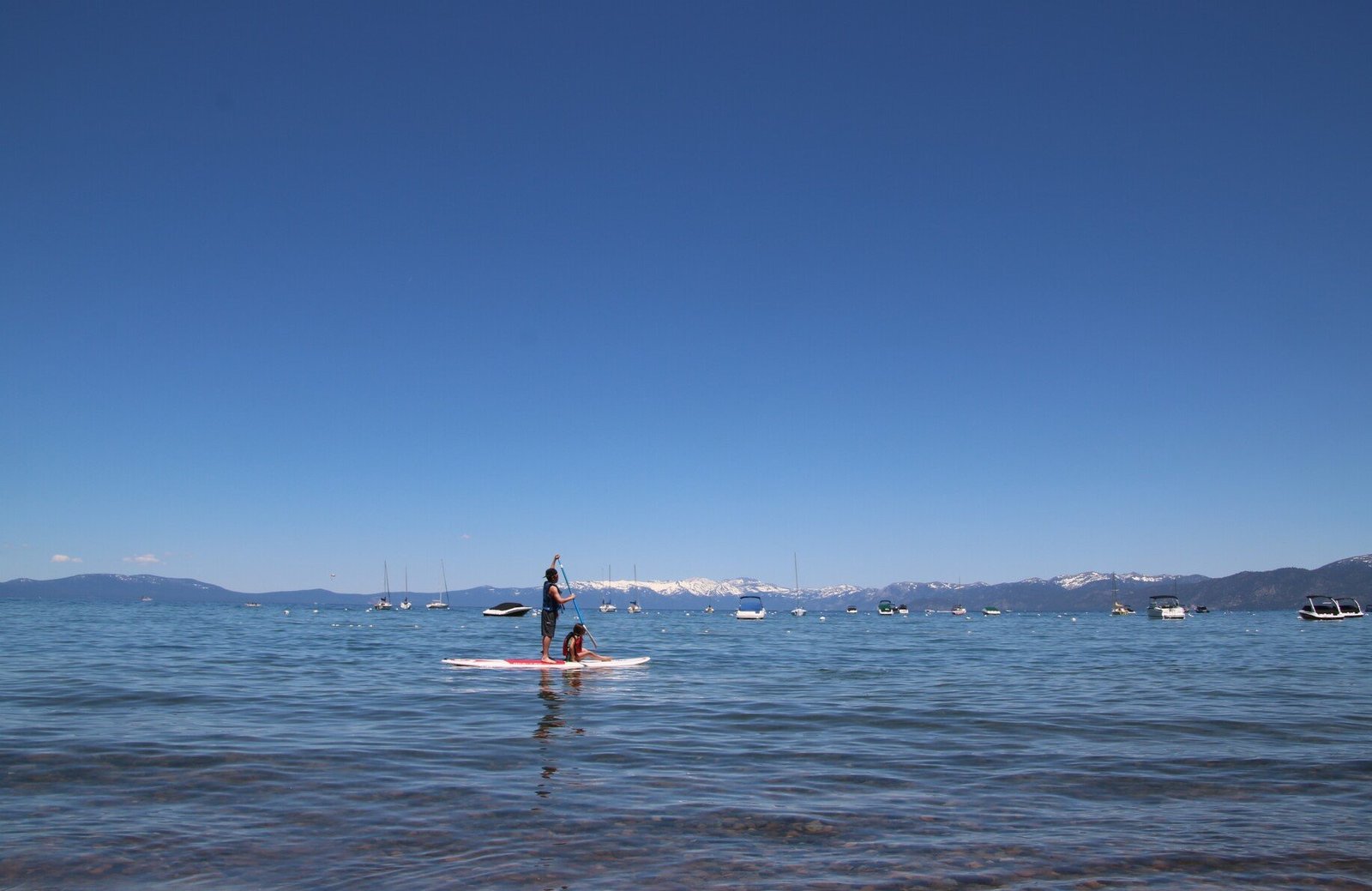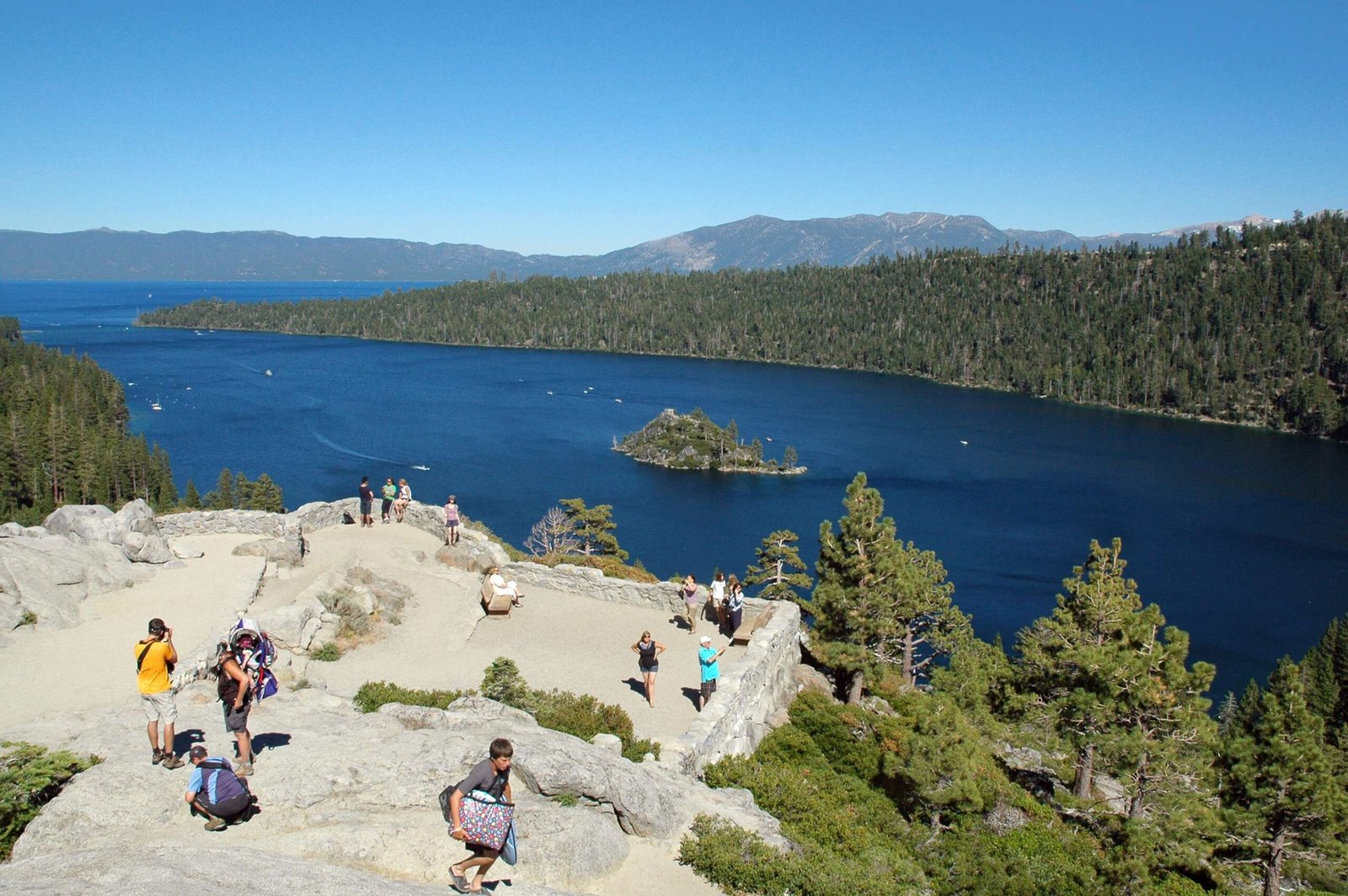Mount Tallac, standing at 9,735 feet, is a prominent peak in the Lake Tahoe Basin, offering breathtaking views of Lake Tahoe and the surrounding Sierra Nevada mountains. This iconic destination attracts hikers, nature enthusiasts, and adventure seekers year-round. With its challenging trails, stunning vistas, and diverse ecosystems, Mount Tallac provides an unforgettable experience for those willing to explore its rugged beauty.
What Are the Main Hiking Trails at Mount Tallac?

Mount Tallac offers three primary hiking trails, each catering to different skill levels and preferences:
- Floating Island Lake Trail
- Length: 1.7 miles one-way
- Elevation Gain: Moderate
- Difficulty: Easy to moderate
-
Trailhead: Mt. Tallac Trailhead, 3.5 miles north of South Lake Tahoe on Highway 89
-
Cathedral Lake Trail
- Length: 2.5 miles one-way
- Elevation Gain: Moderate
- Difficulty: Easy to moderate
-
Trailhead: Same as Floating Island Lake Trail
-
Mount Tallac Summit Trail
- Length: 5 miles one-way (10 miles round trip)
- Elevation Gain: 3,300-3,500 feet
- Difficulty: Difficult, suitable for intermediate to advanced hikers
- Trailhead: Mt. Tallac Trailhead
What Can You Expect to See from the Summit?

The summit of Mount Tallac offers unparalleled panoramic views that make the challenging hike worthwhile:
- Lake Tahoe: A stunning vista of the lake’s crystal-clear blue waters
- Desolation Wilderness: Sweeping views of alpine lakes, Emerald Bay, and high alpine forests
- Crystal Range and Pyramid Peak: Dominating views of these impressive geological features
For the best photography opportunities, consider:
- Hiking during sunrise or sunset for golden hour lighting
- Full moon hikes for unique nighttime shots
- Clear weather days for optimal visibility
What Are the Camping Options Near Mount Tallac?
Camping near Mount Tallac requires careful planning and adherence to regulations:
- Permits: Overnight camping in Desolation Wilderness requires a permit
- Regulations: No campfires allowed, human waste must be buried, and all trash packed out
- Locations: Dispersed camping is permitted near Floating Island Lake and Cathedral Lake
- Season: Best camping conditions from June to September, with possible access from May to October
| Camping Aspect | Details |
|---|---|
| Permits | Required for overnight stays |
| Fire Restrictions | No wood or charcoal fires allowed |
| Waste Management | Bury human waste, pack out all trash |
| Best Season | June to September |
| Nearest Campsites | Near Floating Island Lake and Cathedral Lake |
How Can You Enjoy Mount Tallac in Winter?
Winter transforms Mount Tallac into a playground for snow sports enthusiasts:
- Backcountry Skiing: Popular among experienced skiers
- Snowshoeing: A great way to explore the snowy landscape
- Full Moon Ski Tours: Unique nighttime skiing experiences
Winter visitors should note:
- The trailhead gate is locked between November and May
- Parking is available at the gate, with an extra mile hike to the trailhead
- No equipment rentals are available on-site
- Proper gear and avalanche awareness are crucial for safety
What Safety Precautions Should You Take?
When hiking or engaging in winter activities on Mount Tallac, safety should be your top priority:
- Check current weather and trail conditions before your trip
- Bring plenty of water and high-energy snacks
- Dress in layers to accommodate changing temperatures
- Carry a map, compass, and/or GPS device
- Inform someone of your hiking plans
- Be aware of wildlife and proper food storage techniques
- In winter, be prepared for avalanche risks and carry appropriate safety gear
How Can You Minimize Your Environmental Impact?
To preserve the natural beauty of Mount Tallac and Lake Tahoe, practice Leave No Trace principles:
- Stay on designated trails to prevent erosion
- Pack out all trash, including biodegradable items
- Respect wildlife and observe from a distance
- Use established campsites when available
- Properly dispose of human waste
- Avoid picking flowers or disturbing natural features
What’s the Best Time to Visit Mount Tallac?
The ideal time to visit Mount Tallac depends on your preferred activities:
- Summer (June-August): Perfect for hiking and camping, with warm temperatures and clear trails
- Fall (September-October): Cooler temperatures and beautiful fall colors
- Winter (November-April): Ideal for snow sports, but requires advanced skills and proper equipment
- Spring (May-June): Wildflowers begin to bloom, but some snow may still be present on trails
| Season | Activities | Considerations |
|---|---|---|
| Summer | Hiking, Camping | Peak season, crowded trails |
| Fall | Hiking, Photography | Cooler temperatures, fall foliage |
| Winter | Skiing, Snowshoeing | Advanced skills required, avalanche risk |
| Spring | Hiking, Wildflower viewing | Possible snow on trails, variable conditions |
How Can You Prepare for Your Mount Tallac Adventure?
Proper preparation is key to enjoying your Mount Tallac experience:
- Physical Conditioning: Train for the elevation gain and distance
- Gear: Invest in quality hiking boots, backpack, and appropriate clothing
- Navigation: Familiarize yourself with the trail map and bring a physical copy
- Permits: Obtain necessary permits for overnight stays or winter activities
- Weather: Check forecasts and be prepared for rapid changes
- First Aid: Carry a well-stocked first aid kit and know how to use it
- Communication: Bring a fully charged phone and consider a satellite communicator for emergencies
By following these guidelines and respecting the natural environment, your Mount Tallac Lake Tahoe adventure will be a memorable and rewarding experience. Whether you’re conquering the summit trail, enjoying the panoramic views, or exploring the winter wonderland, Mount Tallac offers something for every outdoor enthusiast.
References:
1. Visit Lake Tahoe – Mount Tallac Trail
2. Lake Tahoe Basin Mgt Unit – Mt. Tallac Trailhead
3. Travel Nevada – Mt. Tallac in South Lake Tahoe

